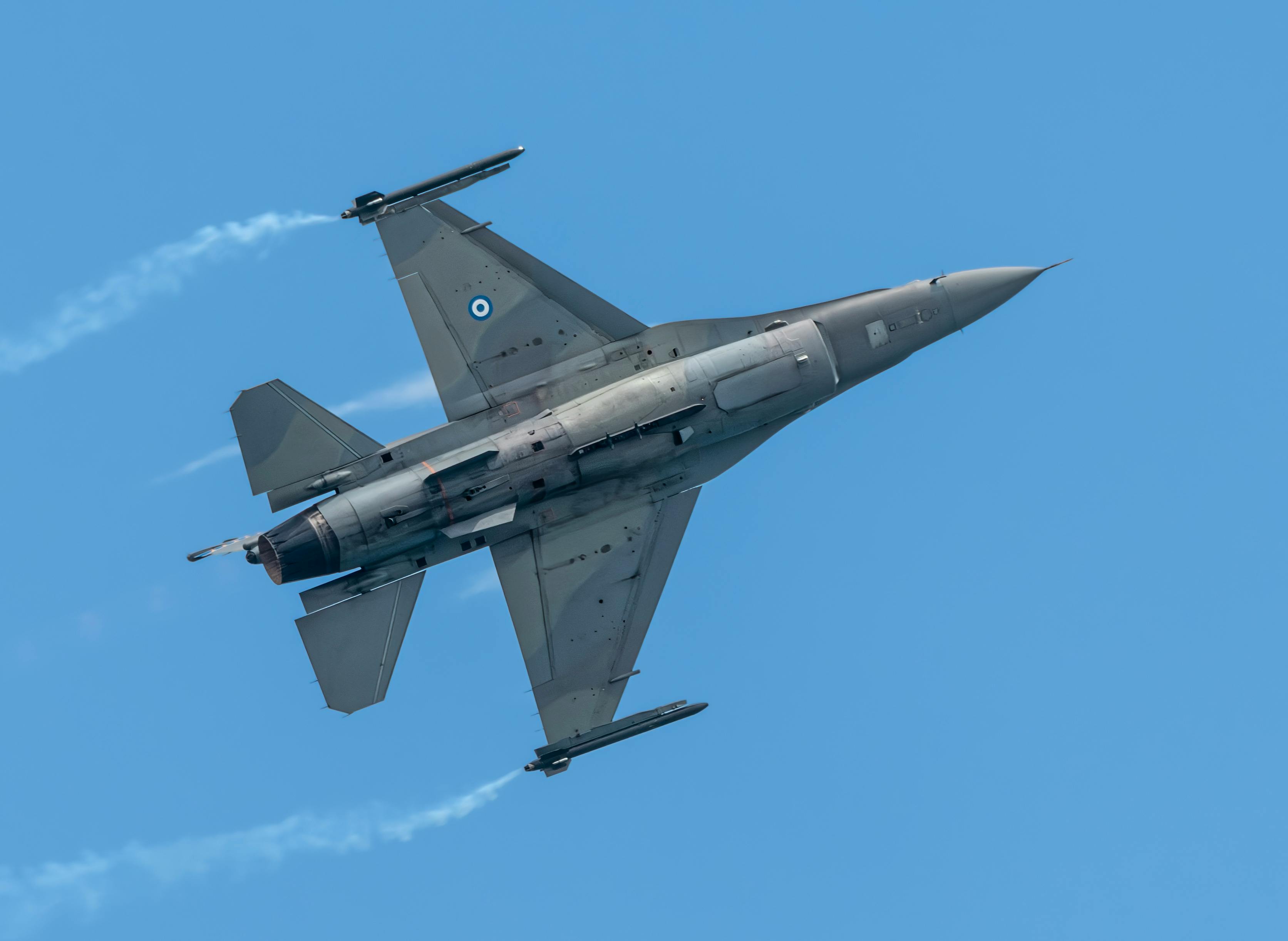The Ultimate Guide To Passing Technical SOPEEC Power Engineering Exams




We strive to help you make smarter exam preparation decisions. We adhere to an editorial integrity, so this article does not contain references to affiliate products or services.

We strive to help you make smarter exam preparation decisions. We adhere to an editorial integrity, so this article does not contain references to affiliate products or services.

The SOPEEC exams are tough and some consider them poorly-suited to their profession. Roughly 41% of students fail the SOPEEC exams. I studied engineering at a university in Canada and recognize the materials as curated works of my 1st and 2nd year university-level engineering courses.
Yet, you must pass the exams and to make it tougher the suggested study materials do a poor job of covering the material you're tested on. So we'll pass along the tried, tested and true study methods that engineers use to pass very technical examinations in as little time as possible.
But beware, the number one mistake in preparation for these exams is to simply read and review the suggested materials. For exams this challenging, the majority of preparation time must be spent working through problems just as you would in an exam.
You need to work hard to understand this material. Start with a question and a blank sheet of paper, work through the steps, stopping to get more information as required to work your way through. This is the only way to ensure you'll do well on the exam, and we'll walk you through that today.
But ensure you leave time for a laugh as well with these hilarious engineering jokes.
An age-old preparation process has proven very valuable, time and time again. This three-step process is simple but takes time. The challenge is in the discipline to carry the process out.

Step One is to work through problems in which you are provided the answers. A great example of this is the simple problems provided in your Pan Global materials or other textbooks. Grab a piece of paper and try to do the example without looking at the solution.
Step Two is to work through problems that are more challenging. In a technical classroom setting, this step includes working through and understanding all the assignments that were done throughout the year. In a self study setting, this includes working through end of chapter questions in your Pan Global materials. By now, you should seldom resort to the solutions.
Step Three must include working through exam style questions. It is critical to practice the type of questions that you will see during the exam. An exam is a poor place to be frantically flipping through a textbook searching of new knowledge. In a technical classroom setting, past exams are very often provided. In the SOPEEC setting, past exams are unfortunately not available.
I can tell you from first-hand experience that if you set aside the time to perform all three of these steps, you will do very well on your exam.
Let's take a look at this three-step process with a 2A2 Thermo and Materials example. Work through these Pan Global examples and then try to solve them yourself (with a pen and paper, without the videos).
A Pan Global Thermodynamics example dealing with partial pressures of ideal gases.
Important takeaways:
An example using units of temperature (Celsius, Kelvin, and Fahrenheit), pressure (kilo pascals, mega pascals, pounds per square inch) and some may be gauge pressure and some may be atmospheric pressure.
Important takeaways:
A lesson on using the simple heat transfer equation. One given coefficient of heat is a value under constant pressure conditions and another coefficient of heat is a value under constant volume conditions.
Important takeaways:
This video is a thorough explanation of the different work formulas and when to utilize them.
Important takeaways:
This is not only a lesson in the math behind interpolation but a great lesson in recalling the formula to interpolate. Interpolation gives us a method to determine the point you are after by simply drawing a straight line between the two points. This method is simply termed linear interpolation and is explained in the video. Important takeaways:
The steam phase diagram (Temperature versus enthalpy) is critical to understanding the phase changes involved with steam, and steam quality.
Important takeaways:
This video does not involve a lot of math, but that is done purposely. Before we get into the math, I want to ensure you understand how we apply the phase diagrams to the different types of problems. I also want to ensure you understand how we get data from the steam tables.
Important takeaways:
Work through an assignment style question or an end of chapter Pan Global question. Again, tackle this question on your own and sort out where you are confused. I often keep notes on all my confusions and tackle those at the end. You must have this material straight in your head, as so often exam question are focused on the harder to understand details that are very likely in your list.
In this step, we are looking to get as close as we can to SOPEEC exam question style. Unfortunately, they are not publicly available, but here is an example exam question. Once again, ensure you understand the details.

A professional license might not accomplish what you expect for your career. Instead, embrace the process of improving your career